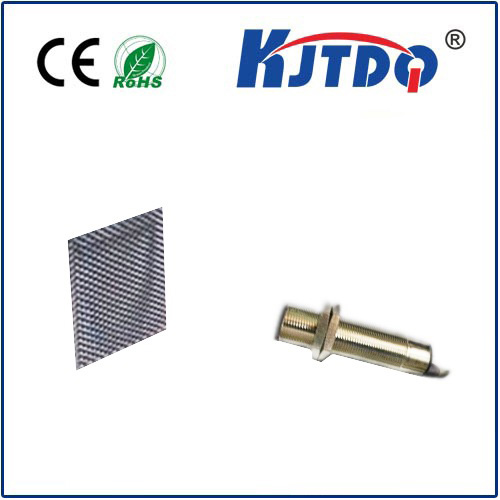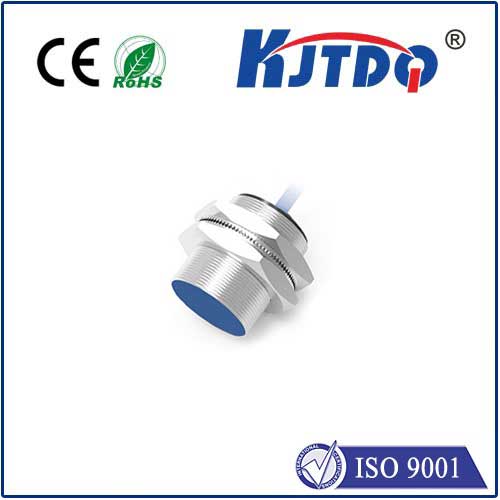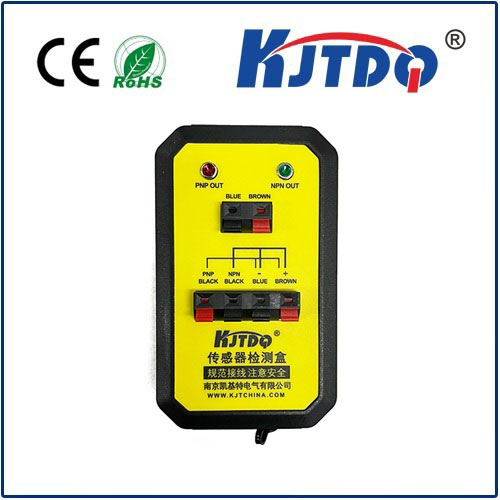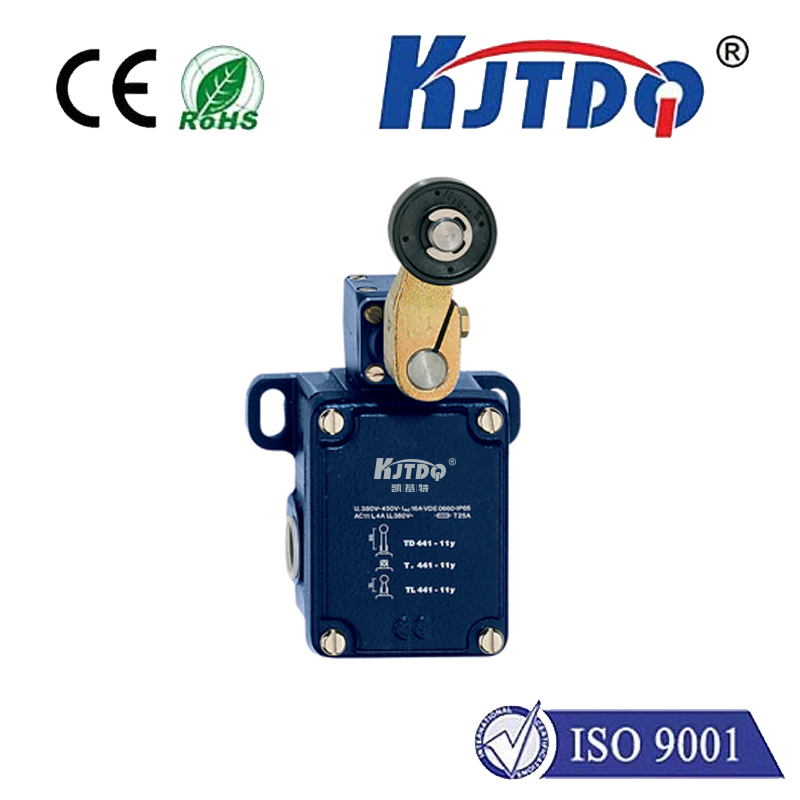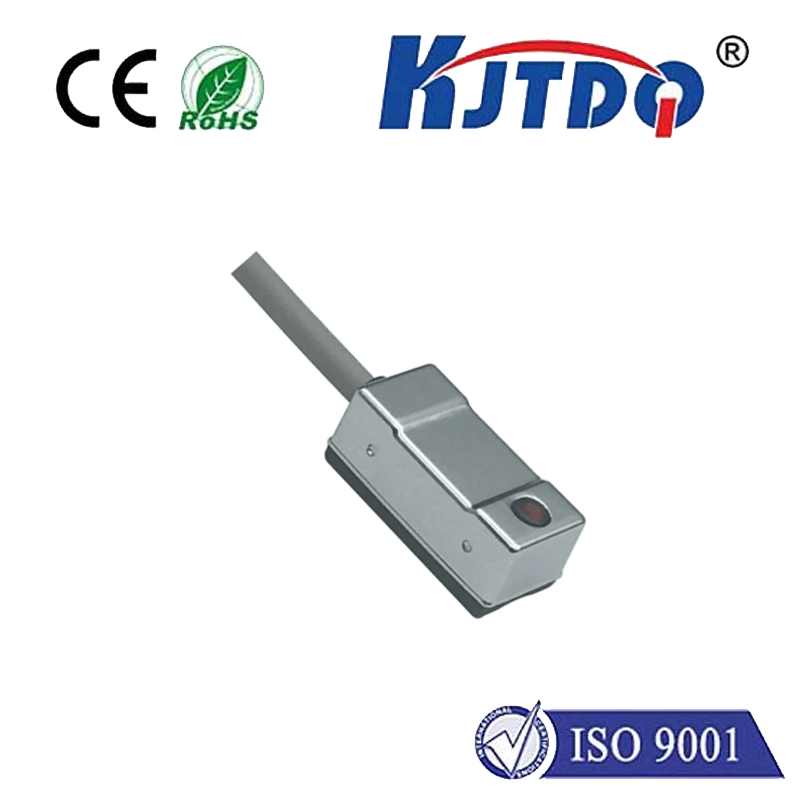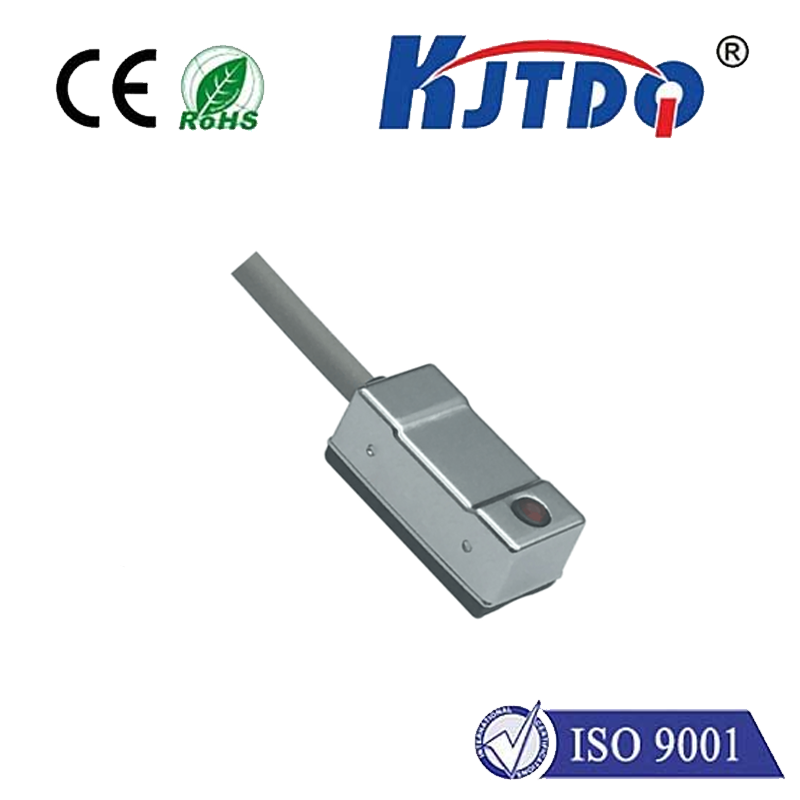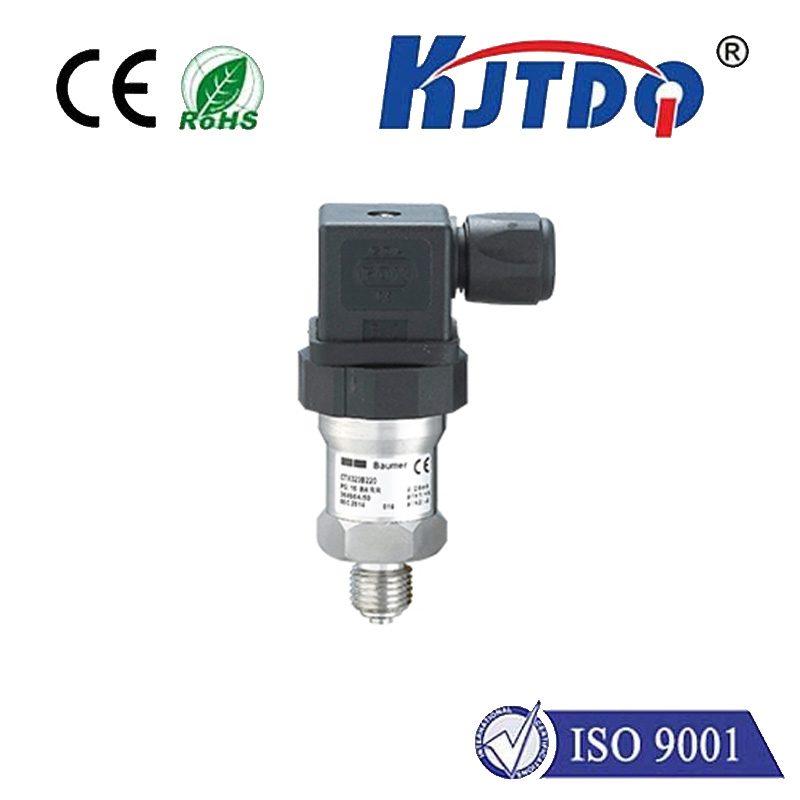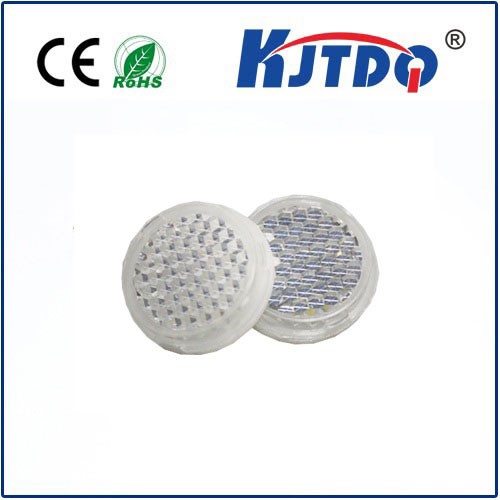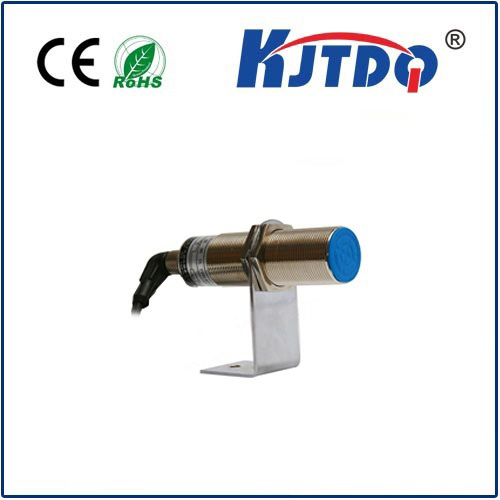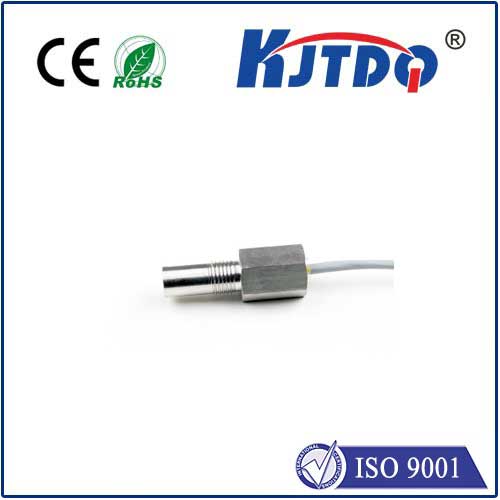
check

check

check

check
In recent years, marine technology has made significant advancements due to the development of underwater proximity sensors. These sensors play a critical role in monitoring and controlling various aspects of the ocean environment, from underwater vehicles to marine life. This article will delve into the functionality and applications of underwater proximity sensors and their importance in promoting sustainable ocean practices.
Underwater proximity sensors are devices that detect and communicate with objects in their immediate environment. They work by emitting a radio frequency (RF) signal that is reflected back by the object they are measuring. The sensor then interprets the received signal to determine the distance, direction, and type of object. This information can be used to perform tasks such as navigation, collision avoidance, and environmental monitoring.
One of the most common applications of underwater proximity sensors is in underwater vehicles. These vehicles use sensors to navigate through the water, avoiding obstacles and communicating with other vehicles or shore-based systems. For example, submarines rely on sonar technology, which works similarly to underwater proximity sensors, to detect and communicate with objects on the seafloor. Additionally, unmanned underwater vehicles (UUVs) use proximity sensors to explore the ocean floor and gather data for scientific research and conservation efforts.
In addition to navigation, underwater proximity sensors also have valuable applications in marine life monitoring. By tracking the movements of animals and plants in their natural environment, scientists can gain insights into their behavior, migration patterns, and population dynamics. This information can be used to develop effective conservation strategies and protect vulnerable species from threats such as overfishing, pollution, and habitat destruction.
Another important application of underwater proximity sensors is in marine safety. These sensors can be used to alert operators of maritime vessels or underwater equipment when an object is detected in their path. This technology can prevent accidents and save lives by allowing operators to take necessary action before a collision occurs.
Overall, underwater proximity sensors have become essential tools for promoting sustainable ocean practices and protecting marine life. Their ability to accurately measure distances and detect objects in their environment has enabled researchers, policymakers, and operators to make informed decisions about ocean management and safety. As technology continues to advance, it is likely that these sensors will become even more sophisticated, providing even greater benefits for society and the natural world.
